The other fascinating thing about getting to ride in a team car is understanding the dynamics of the race convoy and what goes on behind the scenes. It’s one big fluid race of it’s own.
Caravan Order
Two sets of team cars are allowed to be in the race convoy. The order of the first set of team cars depends on the overall GC ranking of the team’s highest rider. For example, Europcar will get first position in the convoy because Thomas Voeckler is leading the race at the moment. Rabobank will get position 2, and so on. This changes as the GC of the race evolves.
In the lead car is the Directeur Sportif(s) in the front seat and the mechanic in the back. Wheels, bike parts, bidons, food are carried in this car.
The second line of team cars travels behind the first line. The order of the second team cars is also decided based on the GC placing of the team’s lead rider. This car carries team staff (i.e. another DS, press officer, owner, mechanic, etc) and sometimes VIPs. Team car #2′s work tends to begin when the race reaches the mountains. This is when the peloton splits significantly and the second car makes sure the team’s trailing riders are fed and assisted as required.
Most teams in the Tour de France have a total of four team cars. Only two are in the race convoy, and the other two are used for other tasks such as driving to the race finish, transporting riders around after the race, and other odd jobs.
Breakaways
If there is a break up the road that exceeds 2 minutes, the team car(s) of the rider(s) in that break are allowed to pass the main peloton and drive up behind the breakaway group. Often team car two will cover the breakaways unless it’s one of the team’s top riders. This depends on the team and how they like to work in these situations.
If the breakaway group gets below that 60 second mark, the cars are sent back by the commisaire to their position behind the main peloton. There is also up to the discretion of the race commissaire.
Rider Assistance
When you’re driving in the race convoy you’ll see riders constantly going back to the team cars. They’ll casually stop to take a nature break, come back and chat with the DS or get mechanical adjustments. If the team car needs to drop back from it’s position in the convoy to give a rider assistance (puncture, mechanical, crash, etc), then it will go back, attend to its rider, and return to it’s assigned position when complete. It’s almost never as smooth as that and there’s usualy lots of honking, driving on the grass and rally car driving to get back into position.
It’s amazing how calm and collected riders are when they drop back to the team car and even get off their bike for whatever reason. They know that as long as they’re not dropped from the convoy, they’re not dropped from the race (unless it’s in the hills). It’s relatively easy for the riders to draft team cars and hop from one to the next in order to get back onto the peloton. Drafting cars is not necessarily “legal”, but commissaires usually turn a blind eye to it unless there’s blatant abuse happening.
Technology
There are a few simple peices of technology that help the team directors navigate, assess the situation of the race, and communicate with the riders.
In the team car there are two radios (or one dual-band radio). One to communicate with the riders, and one for the race commisaire to communicate the race situation and conditions to the team DS’s (the riders do not hear the commisaire radio - they only hear the team radio). The commissaire speaks in the official language of the UCI which is French and quite often the second language spoken will be English. However there are exceptions sometimes. In Italy the lanuages will be in French and Italian. Belgium will be Flemish and English.
Team car 1 and 2 typically have televisions in the vehicle. For safety reasons, team car 1 is not allowed to have a television on the front dashboard. However, they will have a television in the back seat which will let the mechanic see what’s going on. Team car 2 will have a television in both front and back of the vehicle.
Television, list of rider numbers, and wheels, tools, bidons, food and spare parts in the backseat
Other tools the DS’s use are the daily map, rider number information (the commissaire will broadcast rider numbers over the race radio when announcing a situation of the race) and profile and GPS. There’s nothing they have that you or I couldn’t get our hands on.
Rules
There are many rules about overtaking the pack or breakaway, and most are common sense. Even though the caravan is driving on a heavily secured closed course, regular highway and driving laws do apply (i.e. the French TV car #800 is criminally responsible for the Flecha/Hoogerland crash it caused). Over the past couple days the ASO has been clamping down and Gendarmerie have been setting up speed traps and breathalyzer tests on the course and on parallel roads.
As you’ve started to piece together, there are over 100 cars in the immediate race convoy and hundreds more on the course when including media, commisaires, police, transport vehicles, advertising caravan, etc. A tremendous logistical feat for the ASO and police to coordinate and supervise.
TopBike Tours Shoutout
I just want to say a big thank you to Dave Olle and his lovely wife Emma Colson from TopBike Tours for the wonderful time I had on their tour last week. We got in some excellent riding, ate fantastic food, got to watch the TdF along the roadside (along with some special startline access Emma was able to get for us), and stayed in some terrific accommodation. If you’re in the market for a Tour de France cycling tour and are into great food, wine and having everything taken care of for you, I highly recommend checking these guys out. They’ve done 14 TdF’s and know how to maximize your time here in France.
Oz Cycling
courtesy of OzCycling.com.au
Photos
courtesy of Veeral Patel, Sirotti and myself
Stage 10 Profile
- Greipel must have been happy about his first win agains Cavendish. Cav was graceful about it, saying on cyclingnews: ” “I went early but it wasn’t too early on this type of finish, but I didn’t commit enough. I kicked with 170 [meters] to go but Greipel came past and beat me. I’m happy for him. He’s come here to the Tour de France and won. I feel I made a mistake, but Greipel beat me, so there’s no excuse I can say about that.”
- Hoogerland received 33 stitches after crashing into a barbed wire fence on stage 9 when a France TV car hit him and Flecha.
Stage 10 Results
1 André Greipel (Ger) Omega Pharma-Lotto 3:31:21
2 Mark Cavendish (GBr) HTC-Highroad
3 Jose Joaquin Rojas Gil (Spa) Movistar Team
4 Thor Hushovd (Nor) Team Garmin-Cervelo
5 Romain Feillu (Fra) Vacansoleil-DCM Pro Cycling Team
6 Daniel Oss (Ita) Liquigas-Cannondale
7 Sébastien Hinault (Fra) AG2R La Mondiale
8 Borut Bozic (Slo) Vacansoleil-DCM Pro Cycling Team
9 Geraint Thomas (GBr) Sky Procycling
10 Samuel Dumoulin (Fra) Cofidis, Le Credit En Ligne
…
24 Cadel Evans (Aus) BMC Racing Team
74 Simon Gerrans (Aus) Sky Procycling
86 Matthew Harley Goss (Aus) HTC-Highroad 0:03:02
96 Richie Porte (Aus) Saxo Bank Sungard 0:05:33
99 Stuart O’Grady (Aus) Leopard Trek
102 Mark Renshaw (Aus) HTC-Highroad
General Classification after Stage 10
1 Thomas Voeckler (Fra) Team Europcar 42:06:32
2 Luis Leon Sanchez Gil (Spa) Rabobank Cycling Team 0:01:49
3 Cadel Evans (Aus) BMC Racing Team 0:02:26
4 Fränk Schleck (Lux) Leopard Trek 0:02:29
5 Andy Schleck (Lux) Leopard Trek 0:02:37
6 Tony Martin (Ger) HTC-Highroad 0:02:38
7 Peter Velits (Svk) HTC-Highroad
8 Andreas Klöden (Ger) Team RadioShack 0:02:43
9 Philippe Gilbert (Bel) Omega Pharma-Lotto 0:02:55
10 Jakob Fuglsang (Den) Leopard Trek 0:03:08
…
67 Simon Gerrans (Aus) Sky Procycling 0:25:59
80 Richie Porte (Aus) Saxo Bank Sungard 0:30:54
97 Stuart O’Grady (Aus) Leopard Trek 0:39:03
102 Matthew Harley Goss (Aus) HTC-Highroad 0:42:44
144 Mark Renshaw (Aus) HTC-Highroad 1:06:37
Stage 11 Preview
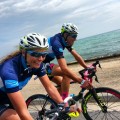
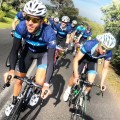
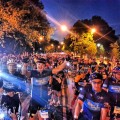
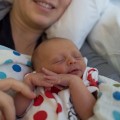
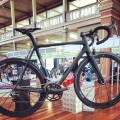
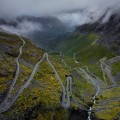
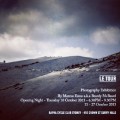
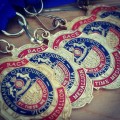
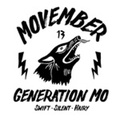



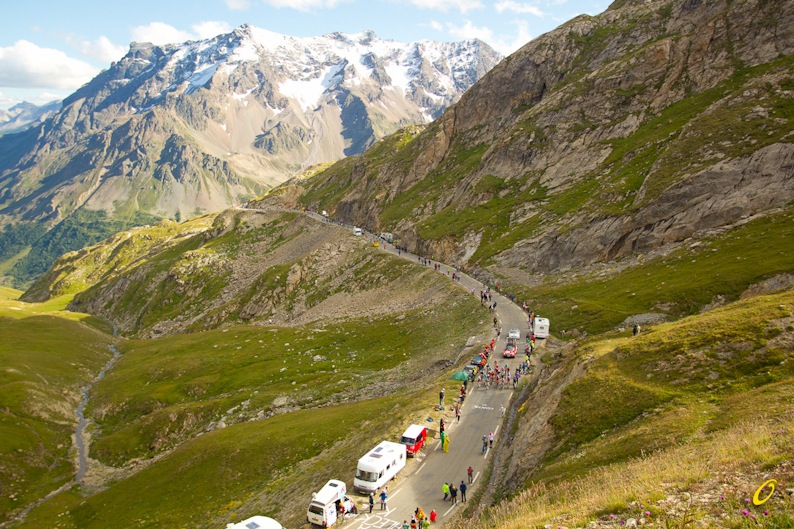
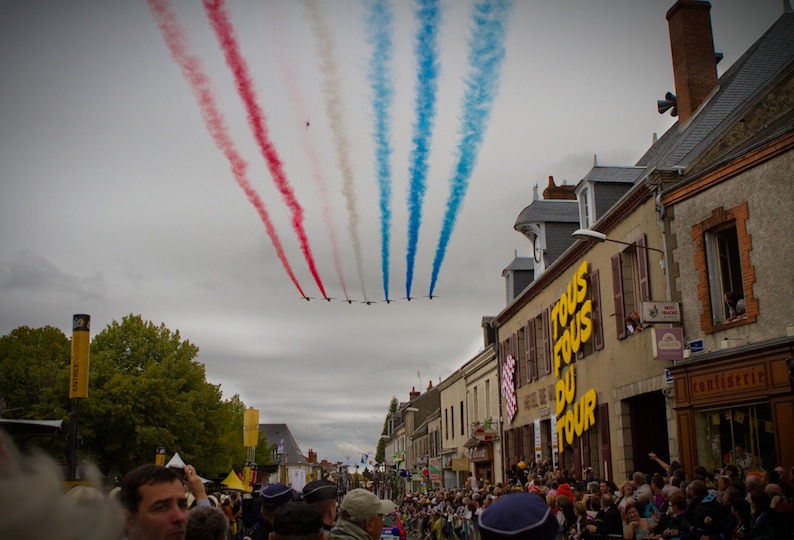
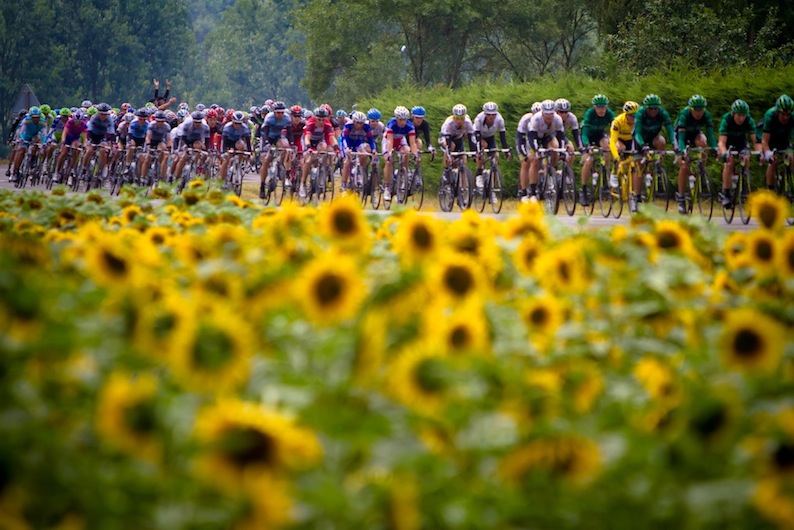
Pingback: Chasing The Tour | Stage 14 - Les Saboteurs! | Cycling Tips